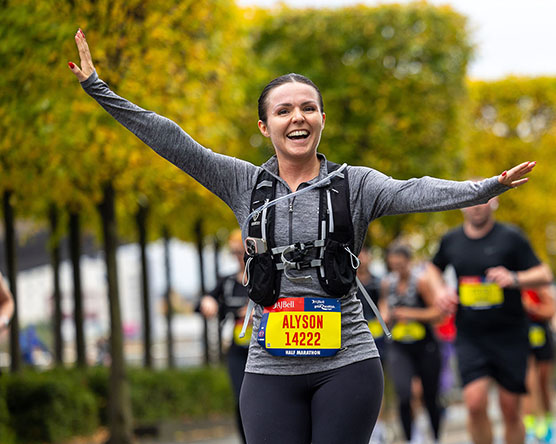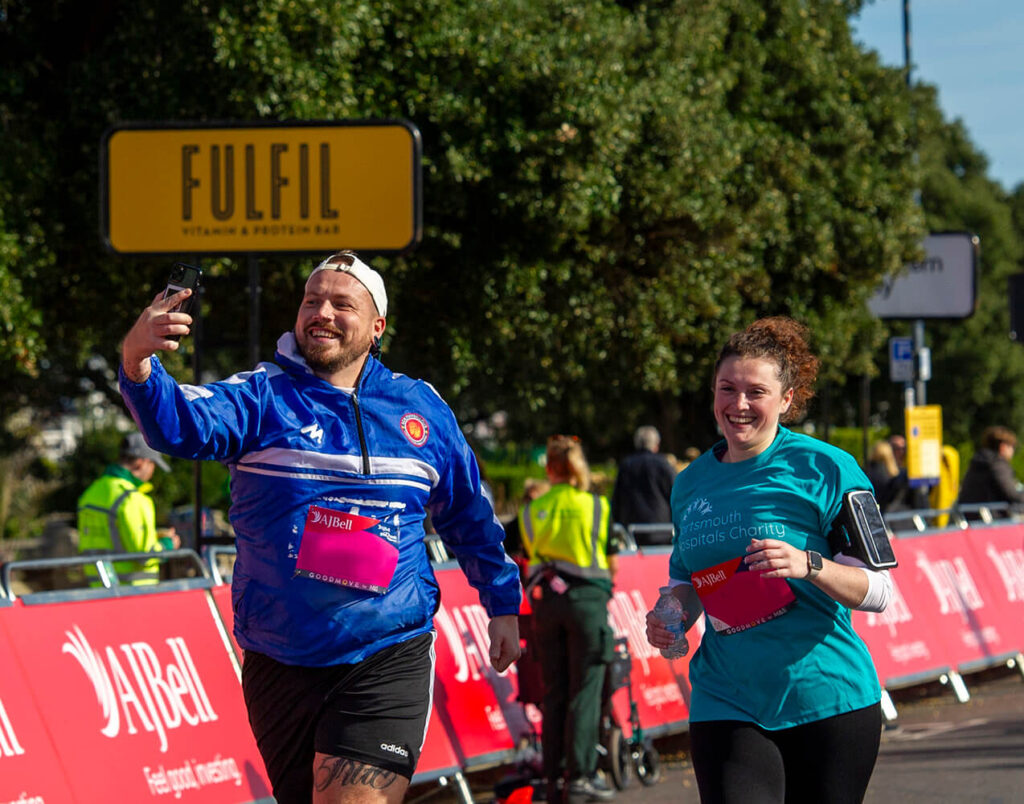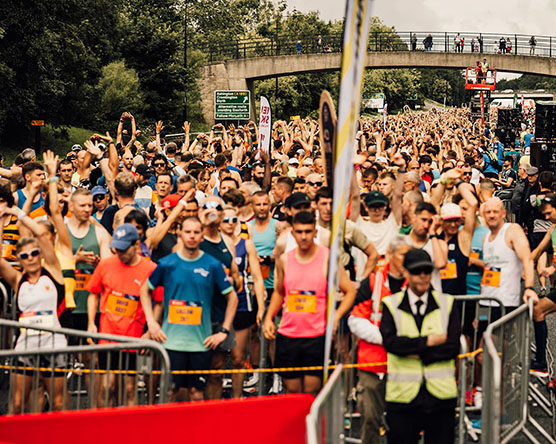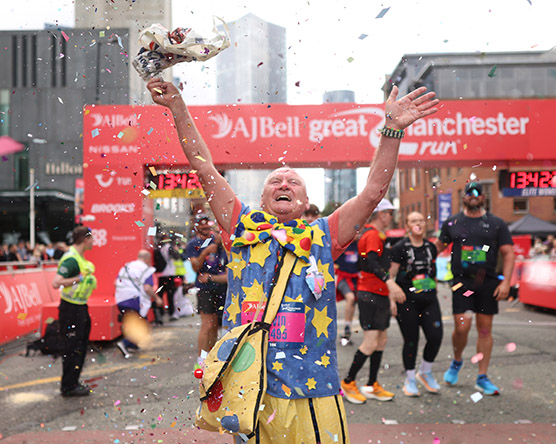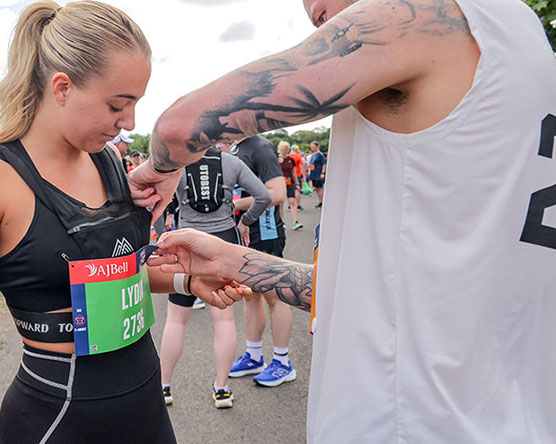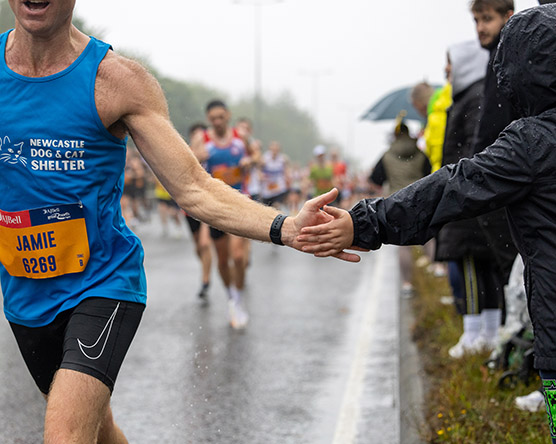Running might be great for your health – sure, you’ll feel fitter and stronger and all the other good stuff. But, during a run, it might not always feel like you’re doing your body a favour. Between headaches during a run, stitches, runner’s trots and blisters, there’s plenty that can leave you feeling a little worse for wear and might make you reluctant to head out the door for your next run. There’s no need to despair though, there’s ways to avoid all the most common running issues, including headaches during a run, – read on to find out how.
1. The Runner’s Trots
The elegantly named “Runner’s Trots” refers to the sudden need to open your bowels whilst exercising. It is particularly common in runners, who can find themselves darting in between hedges, or making emergency detours to find a toilet. The exact mechanism as to when and why it occurs isn’t known, but there are some steps you can take which might help:
Eat Slowly. Chew food properly and don’t eat on the move.
Time Your Meals. Leave plenty of time for digestion before running – 2-3 hours for a meal and 1 hour for a snack.
Choose Foods Carefully. Watch out for which foods trigger the runner’s trots. It might be foods which are too spicy, too rich or too high in fibre. Maybe keep a food diary which helps you identify any foods which you should avoid.
Avoid Caffeine. It might improve alertness and performance, but it also stimulates the gut.
2. A Stitch Whilst Running
There are many theories as to what causes a stitch whilst running and again, there’s no exact and agreed upon explanation. The good news, however, is that stitches tend to happen less as you get fitter. In the meantime, there are some things you can do to help prevent them:
Regulate Your Breathing. If you get a stitch, try breathing deeply. Many runners say that if their stitch is on the right side, they will slow their pace and exhale as their left foot hits the ground, and the pain eases.
Stretch. Stopping and touching your toes or running with your hands on your head might also help get rid of a stitch.
Warm Up. Make sure you’ve left time for food to be digested and warm up well to help prevent the stitch in the first place.
3. Headaches During A Run
This is more common than you think. It seems to go both ways – exercise might help to reduce and relieve pain from a headache, but in many people running and exercise can also trigger a headache. Here’s some measures you can take to help reduce the risk of a headache during a run:
Relax Your Neck and Shoulders: Your running posture can create tension across your neck and shoulders when running long distances. Relaxing your neck and shoulders by intermittently stretching and altering your running technique can prevent a build-up of tension.
Make Sure You Eat and Drink: Being dehydrated or hungry can set off a headache, so make sure you and drink both before and during a long run.
Dress for the Weather. Running in very cold weather or when it’s bright can cause a headache. Limit exposure by wearing a cap or sunglasses and clothing appropriate for the weather.
If your headache is sudden and severe when you run at a high intensity, you must be checked by a doctor urgently.
4. Blisters From Running
Blisters are the most common cause of running complaint. They form in or under the epidermis when skin is damaged, most commonly because of friction but also heat or extreme cold. They are usually filled with a clear liquid, and whilst you might be tempted to pop them – try these measures instead:
Avoid Infection. The fluid is acting as a cushion to protect the delicate skin underneath and it’s sterile or germ-free. Bursting a blister makes it susceptible to infection. If they do burst, clean them thoroughly with soapy water and pat them dry before applying a sterile dressing.
Make Sure Your Trainers Fit Well. Go at least half a size up when buying them. Socks are as important as shoes. You need to have the right size to prevent your toes getting squashed. Blisters develop in damp conditions so make sure the socks are made from a technical fabric that wicks away moisture. And choose socks that are seam-free.
Remember, many of these ailments are common and easily treatable, but if running is causing you severe pain and discomfort, you should stop and contact a doctor. Most running injuries are overuse ones, so spotting early warning signs are very important. For more information on common running injuries, read this blog post!
Image credit: National Cancer Institute on Unsplash




